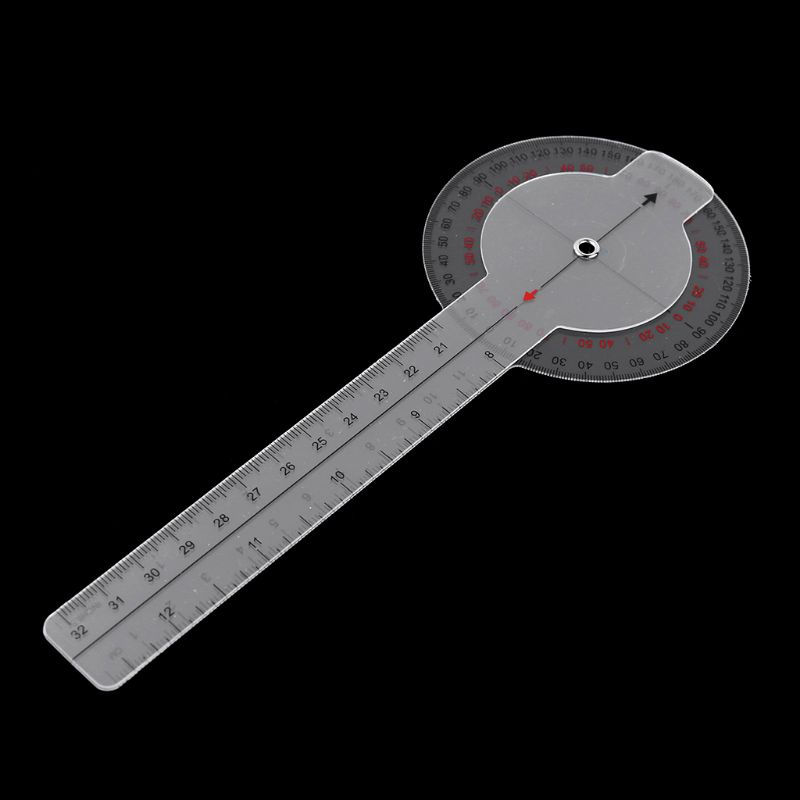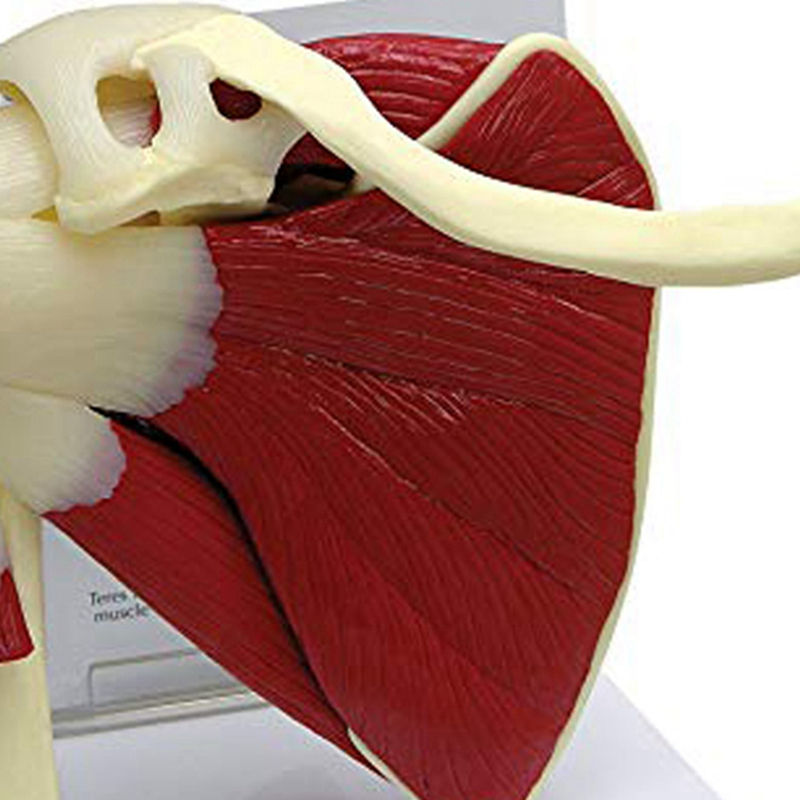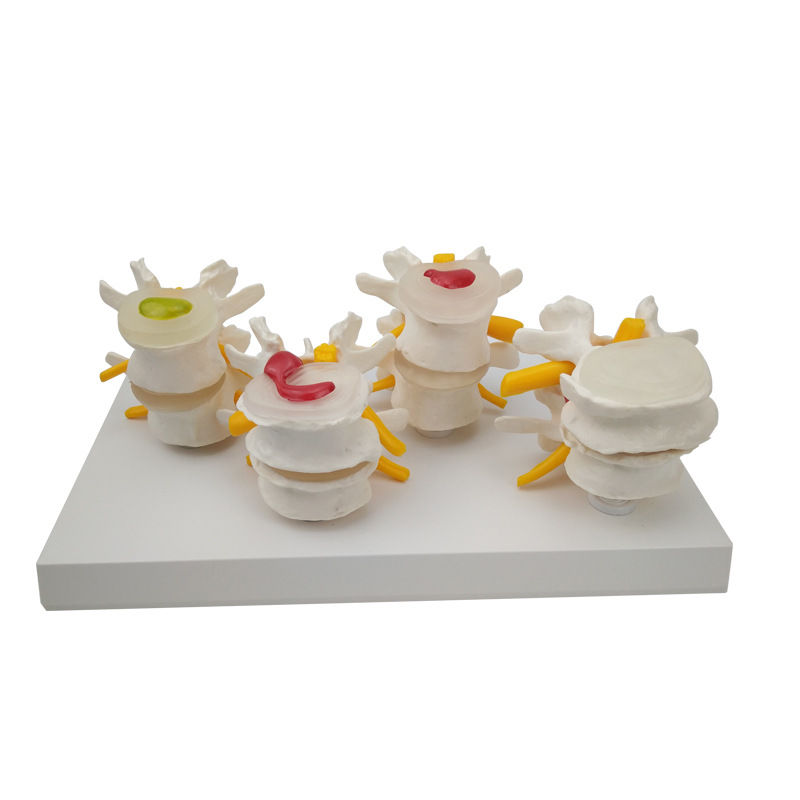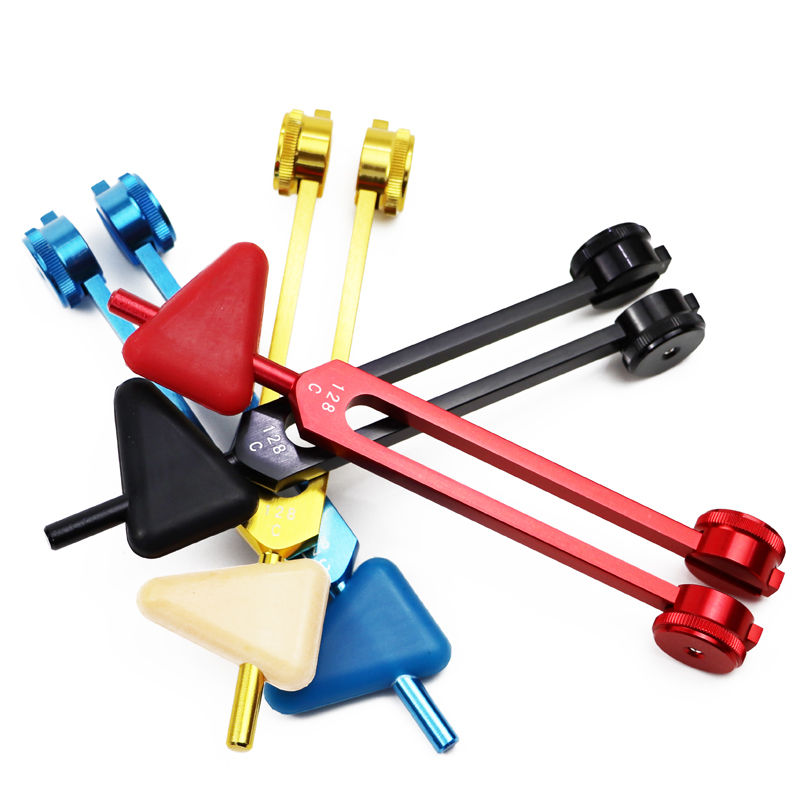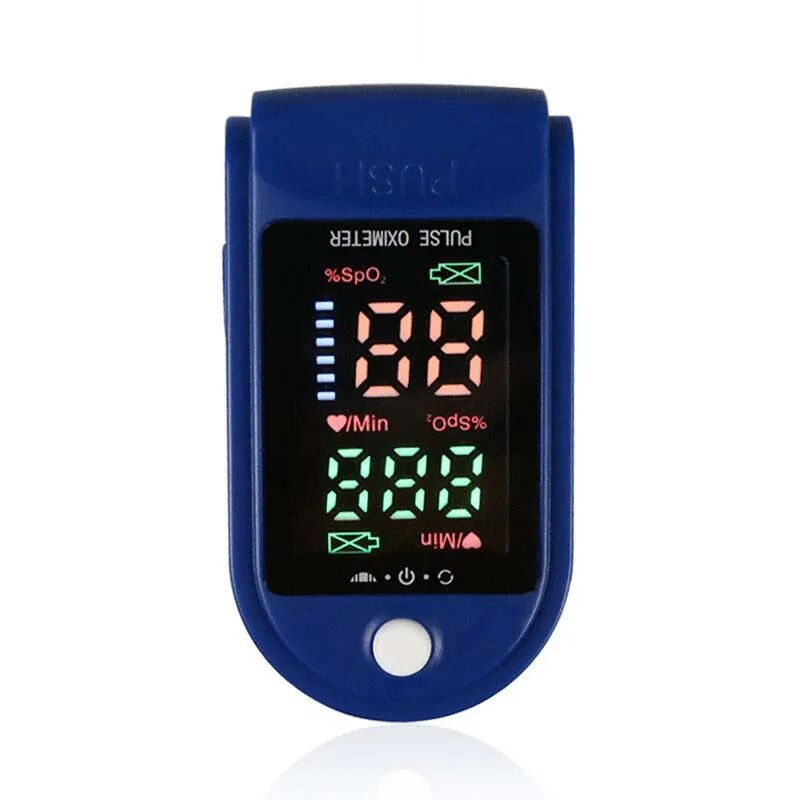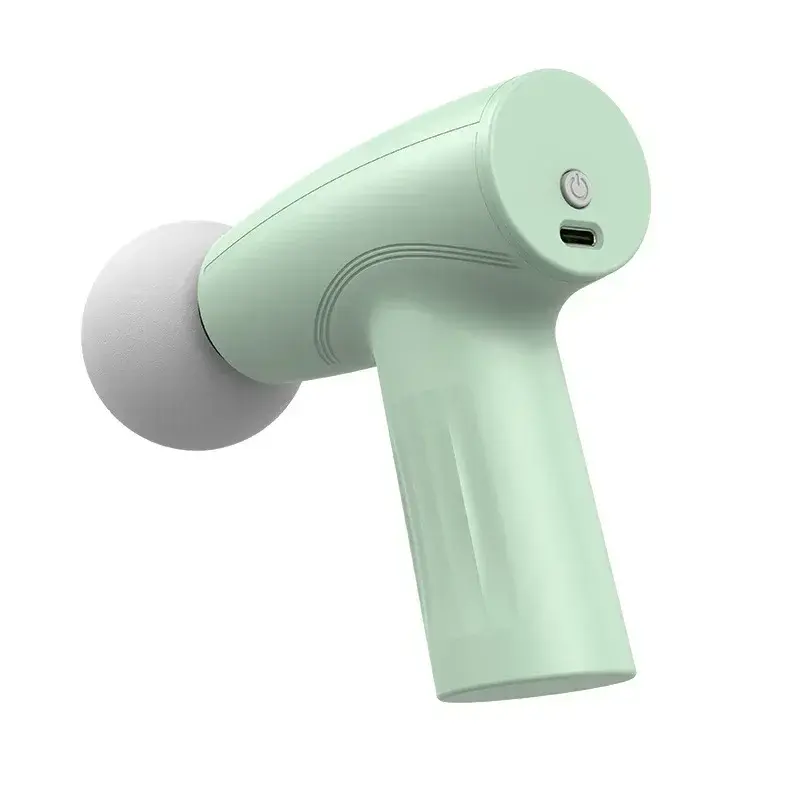Ensure Adequate Patient Education
Anatomical Models
The use of anatomical models can improve patient understanding and informed consent by providing a clearer visualization of medical conditions and treatments. Studies show that anatomical models help patients better understand diseases, as well as anticipate and evaluate injuries (Rubin et al., 2004; Jiménez et al., 2018; Tan et al., 2021). In addition, they can support faster diagnostics and the development of therapeutic approaches by simulating treatments. Austvoll-Dahlgren and Johansen (2013) also emphasize that patient involvement requires access to reliable health information, and that training in critical appraisal of medical information can strengthen patient decision-making competence.

Anatomical models

Equipment for Examination
Optimize Clinical Examination
The use of specialized examination tools, such as goniometers, dynamometers, and mobilization belts, plays an important role in clinical assessment and treatment. Goniometers are commonly used to measure joint range of motion and evaluate mobility, especially in rehabilitation after injuries (Johanssen & Sørheim, 2020). Dynamometers are useful for assessing muscle strength and function in patients with musculoskeletal disorders, and research shows they can provide reliable and objective measurements (Rødseth, Steindal & Hofsø, 2024). Mobilization belts are common in manual therapy and are used to improve joint mobility and reduce pain, with studies supporting their effectiveness in improving range of motion and function in patients with back and neck problems (Fredriksen, Salte & Wibe, 2023). Altogether, these tools contribute to more precise diagnoses, better patient understanding, and more targeted treatment strategies.

Equipment for Treatment
Optimal Treatment: Tools for Better Patient Rehabilitation
The use of specialized equipment in rehabilitation and training can improve mobility, reduce pain, and optimize recovery. Balance pads are effective for improving proprioception and balance, especially in rehabilitation after ankle injuries and knee surgeries, by activating stabilizing muscles and reducing the risk of re-injury (Van Melick et al., 2017). Massage guns and trigger point devices have been shown to reduce muscle pain and stiffness by increasing blood circulation and promoting muscle relaxation, which may contribute to faster recovery and better range of motion (Cheatham et al., 2015). Pulleys are often used in physiotherapy to improve mobility and strength through controlled movement patterns, and studies show they can be especially useful in the treatment of shoulder pain and rehabilitation after rotator cuff injuries (Reinold et al., 2018). These tools play an important role in both injury prevention and rehabilitation, and their effect on functional recovery is well documented in research.

Training Equipment
Exercise – A Miracle Cure
Training equipment is essential for both performance enhancement and rehabilitation. Free weights provide higher muscle activation than machine-based training, especially for stabilizing muscles (Reinold et al., 2018). Suspension training and unstable platforms improve core strength and proprioception, contributing to injury prevention (Van Melick et al., 2017). In rehabilitation, pulleys and balance pads help restore mobility, particularly after shoulder and ankle injuries (Cheatham et al., 2015). Massage guns and trigger point devices can accelerate recovery by reducing muscle tension and increasing blood circulation (Cheatham et al., 2015). Overall, training equipment is crucial for both strength development and injury prevention.





















